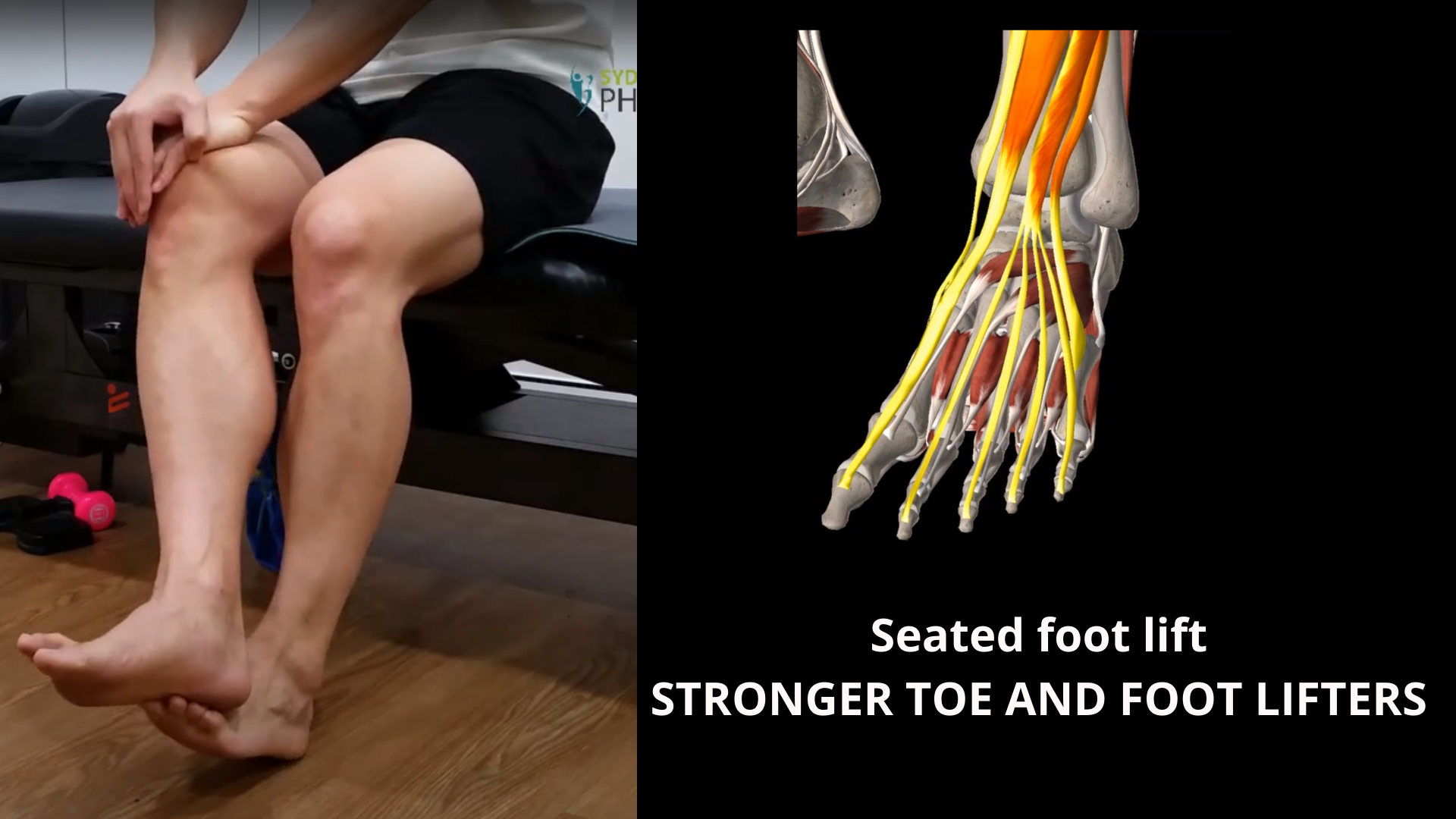What to expect when you have an ankle sprain?
An ankle sprain is one of the most common sports-related injuries. Immediate swelling is almost guaranteed, followed by initial periods of hobbling and trouble with weight-bearing. An acutely sprained ankle may cause you to limp for 2 days.
85% of ankle sprains involve rolling your foot inwards, also known as an inversion ankle sprain. This blog outlines:
Symptoms.
Classifications.
Healing rate (prognosis).
Some of the strengthening exercises you can do to help yourself.
Symptoms of ankle sprain
Swelling across the ankle joint, and not just the outside of the ankle
Inability to weight-bear over the injured foot at least for the first 2 days
Tenderness
Bruising and discolouration over the next 2-3 days after the initial sprain
Classification of ankle sprain
Grade I: microtears of the ligament/s associated with pain and no laxity.
Grade II: moderate tears of the ligament/s associated with pain and some laxity
Grade III: rupture of the ligament/s associated with marked laxity and no distinct end feel
There may be a possibility that a fracture may occur alongside the ankle sprain, so it is always good to get your ankle assessed by a physiotherapist to determine whether an X-ray will be necessary.
Lateral ankle sprains tend to have a high occurrence rate (up to 40%) (Janssen et al., 2017), and when left untreated can increase the risk of developing Chronic Ankle Instability (commonly believed that once you sprain your ankle, there is a high chance of re-injury in the future).
The Prognosis with treatment
The good news is that almost all ankle sprains will recover with the right rehab. 80% of our patients with grade 3 ankle sprains returned to sport within the first 6 weeks.
The first 2 sessions of physiotherapy will focus on compression and healing. Exercises aim to restore your proprioceptive balance. The correct balance training for a sprained ankle has been shown to reduce the risk of re-injury by 80% respectively (Janssen et al., 2017).
If you have recently twisted your ankle, there are simple but important strengthening exercises for your to start. The focus should be on strengthening.
Strengthening exercises
Ankle eversion (pull outwards) against a theraband
You want to fixate the heel of the ankle either on a ground or on a stool, and pivot via your ankle against a fairly strong resistance band.
A slight discomfort over the ankle is fine. The ankle’s muscle tendons would’ve been injured during the sprain and needed strengthening to recovery. With stronger ankle muscles, you reduce your likelihood of resprain significantly.
Ankle Motion exercise in seated or lying down position
In a seated position where your foot is free, slowly move the feet as if you were writing out the letters of the alphabet. This promotes a good range of motion and movement through the ankle joint.
Seated ankle pull
Using a towel, gently stretch your ankles by applying some light resistance to move your feet towards you. Hold for about 15-30 seconds.
References:
Janssen KW Infographic: Ankle sprain treatment and prevention timeline
British Journal of Sports Medicine 2018;52:953-954.













